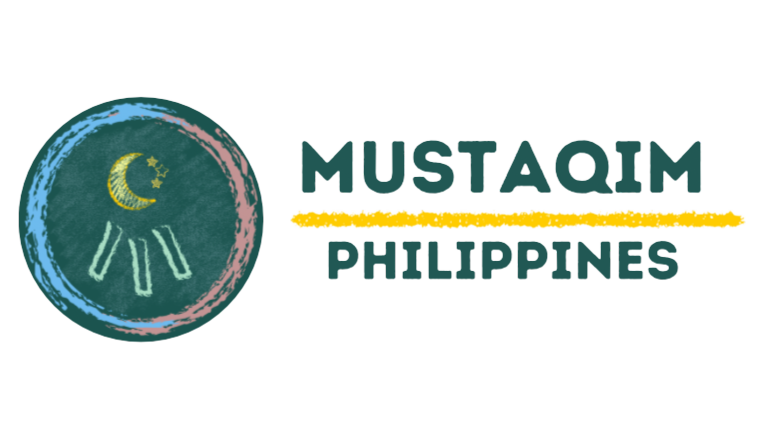When you go through a busy road in Tondo, you will notice the street name “Panday Pira.” Many are asking why is it named like that and some are wondering who is Panday Pira.
To give us a history, Panday Pira is a Muslim blacksmith. His name is translated as “Blacksmith Pira,” because panday is a Tagalog word for “blacksmith.” He is also a well-known cannon maker which no one in the Philippines at that time can match. Panday Pira was born in 1488 in one of the southern islands in the Philippines, probably in Mindanao. At young age, he settled in Manila and started to establish a cannon-forging shop in the banks of Pasig River. During that time, the Pasig River area was under the control of Rajah Sulayman. He ordered Panday Pira to create several cannons to serve as a protection to his kingdom’s vicinity along the Pasig River delta.
When Miguel Lopez de Legazpi attacked Manila, they are being bombarded by Panday Pira’s cannon for the defense of the city under Rajah Sulayman. The Spaniards fought back and defeated Rajah Sulayman. The Spanish forces under Martin de Goiti seized some valuable items, particularly the cannons made by Panday Pira in the devastated city. These cannons were subjected to rigorous test under Legazpi and was found superior over Spanish cannons. Meanwhile, Panday Pira survived and went Bulacan then to Apalit for settlement. During his stay there, he helped the community with their farming equipment like plowshare and mould board. He also trained natives there to make other farming and household tools like knives and bolos.
After the conquest of Manila, supply and the ammunitions for defense were depleted. This is the time where Legazpi sought Panday Pira’s expertise in cannon making for the defense of the newly conquered city. Legazpi extend privileges to Panday Pira and his family to work for him and Spain. These includes freedom to any government obligations, force labor, church duties, and liberty to live with Spaniards. After this, Panday Pira accepted the offer and became the official cannon maker of Spain and the Spanish Army. Until the death of Legazpi, Panday Pira continued his work under Governor-General Santiago de Vera while in his 80s. At the age of 88 in 1576, Panday Pira died and this served as a great loss to the Spaniards. They even wrote a letter appealing to the King of Spain that he is dead and they cannot find the same like him so they requested a cannon maker. Even the son Panday Pira cannot make a similar cannon patterned to his design.
Panday Pira’s foundry expanded 8 years after his death when a Spanish smith from Mexico came over to took charge.
Panday Pira’s expertise and efforts in cannon making defended our island against other invaders like pirates and served as great pride to our race. Even if the Spaniards called us “native” or “indio,” we outmatched them in the field of military equipment and was commended also by the King of Spain at that time.
